If you compare this graph with the previous one in this post, there’s a few things you should notice:
- First, the overall boot is happening about 1 minute quicker, with a fully loaded chassis coming in around 2:35. This does mean the graphs are not directly comparable, because while the events covered are essentially the same, the total time shown is less. This graph is 1:36, vs 2:15 on the older one.
- The green and gray spikes are considerably spikier, basically more narrow. This means that the accesses are short and fast, exactly what we want. Notice that the graph is now 2 seconds between data points instead of three.
- A full 1:00 of the 1:36 shown is CPU bound. This is what we want — get our disk access out of the way so the CPU can go as fast as it can. More blue at the top of the graph is ideal.
- I do feel that further optimization of the disk subsystem is possible. I’m not seeing read/write data rates beyond 4MB/s, which is sad. I really wanted 8MB/s and beyond. I have more testing to do to see if it’s the 16700A or the SCSI2SD. The SD card is not the bottleneck, proved through testing.
- There is this 9-second delay near the beginning of the boot. I think that might be DHCP request/reply time. I could go static and eliminate that. Interesting that both the disk and CPU are just sitting there twiddling their thumbs.
Update 12-30-2019
With super helpful conversations with Glen Slick and others on the HP-Agilent-Keysight-Equipment groups IO group, and also a shit load of personal research, we’ve figured a few things out:
- LASI, one of the custom HP ASIC(labeled 1FT1-0002 on mainboard) used in the 16700X, does have NCR53C710 implemented as a softcore.
- NCR53C710 does support 10MB/s operation.
- The NCR53C710 megacell, as HP refers to it, as implemented does not have full support for 10MB/s, and is limited to 5MB/s maximum. This is per LASI Engineering Requirements specification.
- Optimization beyond 5MB/s using LASI as the SCSI Host controller is probably not possible.
I don’t usually give up this easily, however, and have some plans to bring faster storage I/O to the 16700. I’m not sure exactly what this looks like yet, but stay tuned!


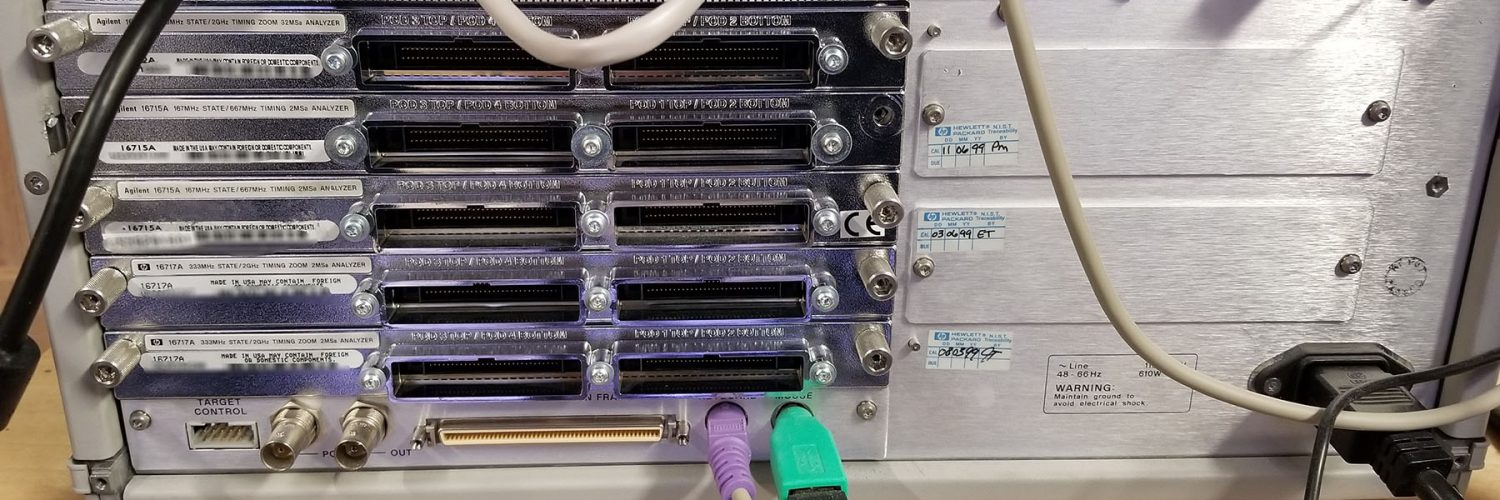
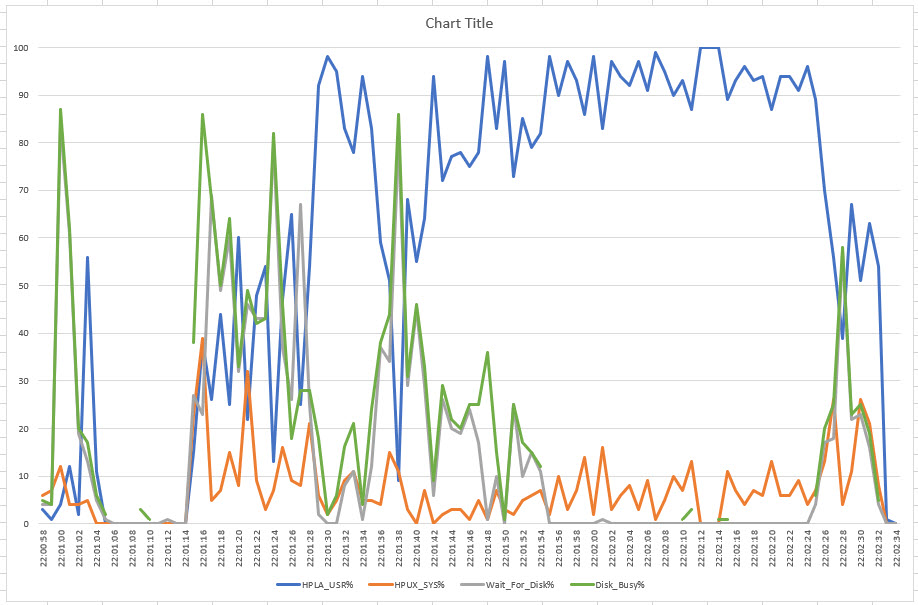
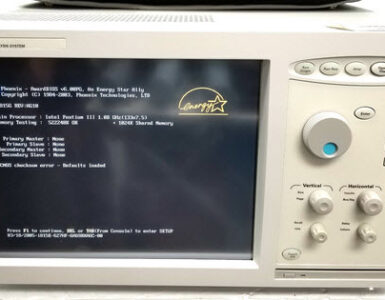
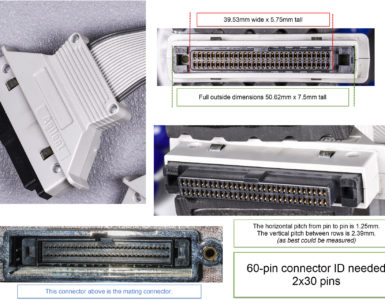
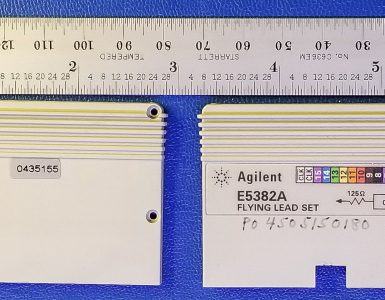










Add comment